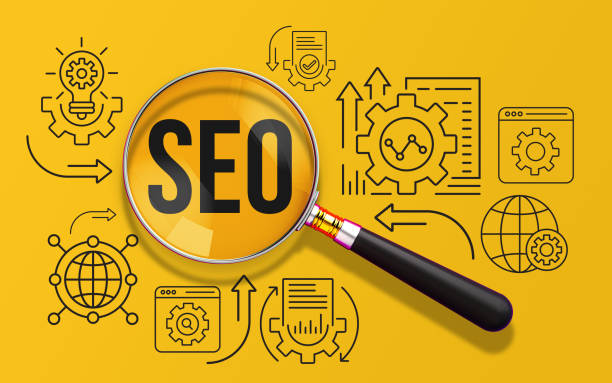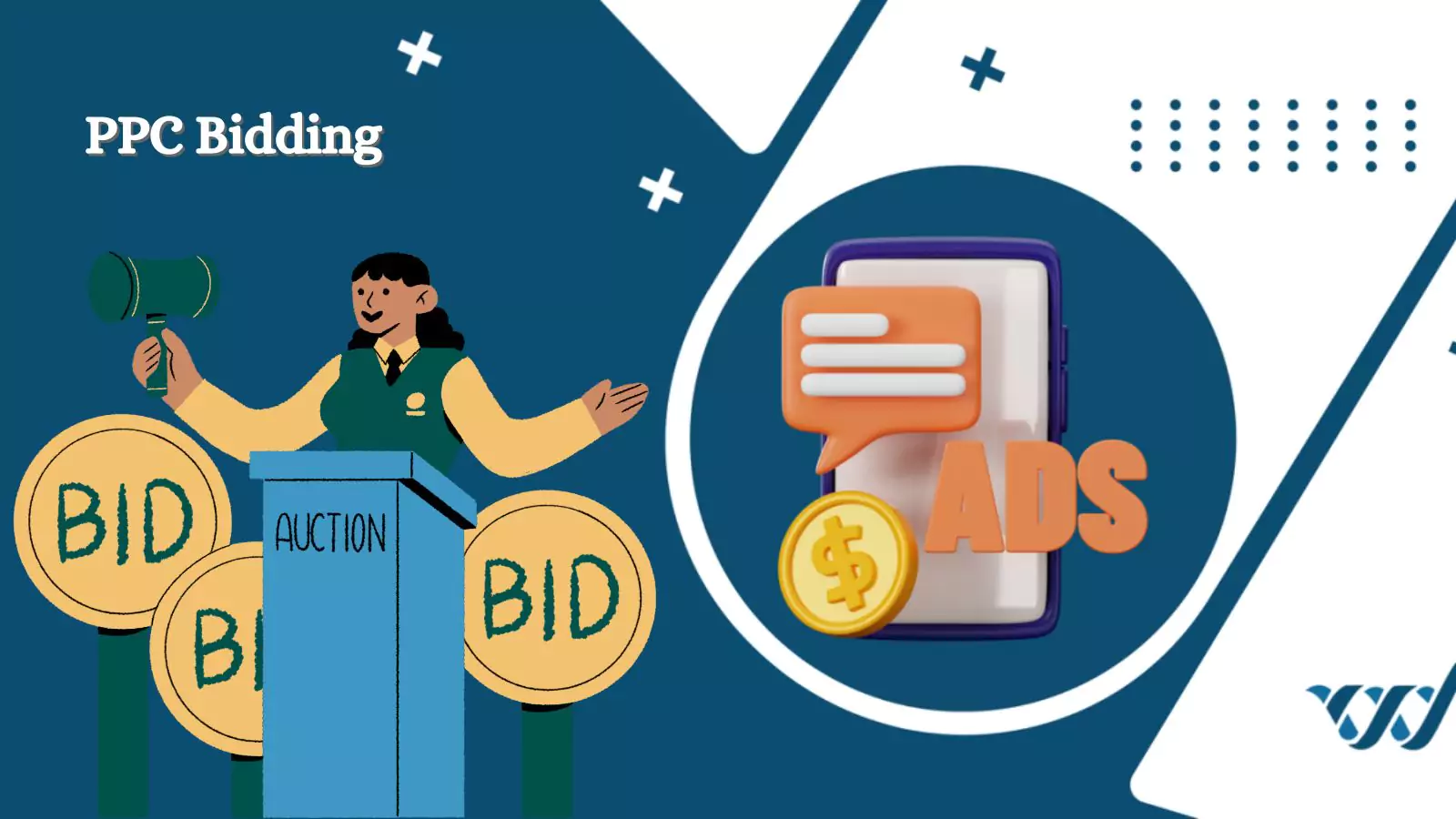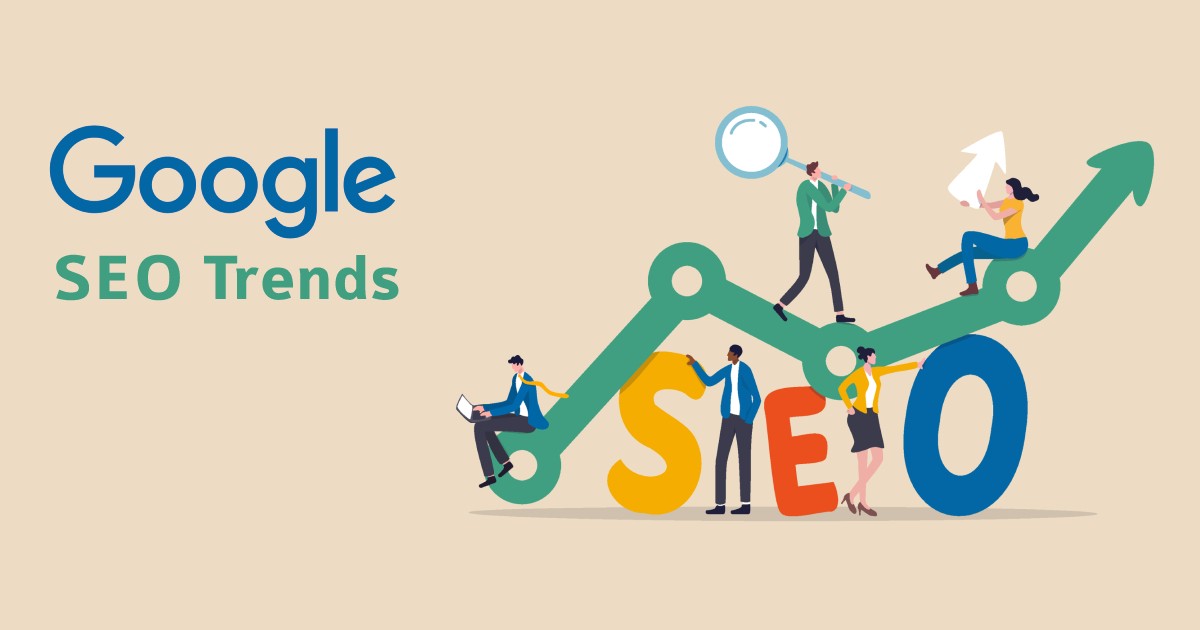In today’s ultra-competitive business landscape, managing operations through technology is the only way to grow. But lurking on the decision horizon is the question that every company has to inevitably face: to go with ERP or to have a CRM? Both have a pivotal role in the business world, one for the different sides of the company, but they eventually become two distinctive domain concerns. Understanding what ERP is and what is CRM can also give the company’s management a glimpse right through the advantages of each and how the two combined will spell massive benefits on the growth path for the company.
What is an ERP System?
ERP is defined as an immense software system developed to run and integrate all other core business processes, including finance, supply chain, manufacturing, human resources, etc. These allow integrated functions to work together upon all data stored in a common platform. Such huge integrated functions help a single company efficiently conduct business as immediate insights can be made into operations, informed decision-making, and productivity enhancement of the workers.
Most importantly, the benefit of an ERP system is that it links some very distant parts of a business with free-flowing communication and data transfer between departments. This erases barriers, reduces redundancy, and improves the efficiency and accuracy of operations. ERP allows companies to scale their operations efficiently since it provides the right infrastructure for managing complex processes.
What is a CRM System?
With that whole lot of development going on in the CRM industry arena, a CRM system can be considered as mostly for customer relations enhancement, sales, marketing, etc. With the advent of customer management, an enterprise will be able to collect customer data, manage the ways of interactions with customers, and render personalized services for better satisfaction and retention of customers. It is a way of putting everything under one roof for team members to understand customers better, and respond with a better and faster touch to their queries.
CRM systems incorporate sales automation tools, lead generation, marketing campaigns, and customer support functions. Essentially, CRM focuses on developing strong relationships with existing customers, building new customers, selling more, and simplifying customer service operations. Having noted this, CRM provides insight into customer actions and preferences, which ultimately help the organization to identify and implement particular marketing strategies.
Key Differences Between ERP and CRM
The core difference is on the provision of capabilities by the ERP and CRM systems, with ERP and CRM focusing on other core competencies of an enterprise.
- Scope of Operations: ERP software used for an organization has become the most complete workflow-financial, production, procurement, and human resource-in the whole organization. Management is comprehensive since work activities have merged into a single enterprise. In contrast, customer relationship management (CRM) would tend to take over sales, marketing, and customer service-the customer-facing side of any organization; thus, it helps improve customer experience.
- Target Audience: Although all departments-most often accounting, logistics, HR, and operations-use ERP systems, these systems are primarily recognizing, processing and recording core business processes. On the other hand, CRM-reps are predominantly aligned with sales, marketing, and customer service teams, optimizing the customer interface and contributing to sales efforts.
- Data Management: An ERP system focuses on the management of internal business data involving inventory levels, production schedules, financials, and employees. A CRM on the other hand, is a system that manages all external data concerning customers including customer contact information, interaction history with customers, sales pipelines, and customer feedback.
- Implementation Complexity: An enterprise resource planning system or ERP can be complicated to implement and integrate within different business functions. The time and cost of customizing an ERP system are often high, considering the system’s broad scope and complexity to meet specific business needs. In contrast, customer relationship management systems are not as difficult to set-up or implement as ERP systems because they focus on customer-facing functions.
Choosing the Right System for Your Business
Choosing whether to implement an ERP system or a CRM system largely hinges on the present needs of your business and future growth objectives. Let us hence try to analyze the situations in which each system has more advantages:
When to Choose ERP
- You Have Complex Business Operations: If your business covers multiple segments such as manufacturing, logistics, and finance-an ERP system can streamline operations and provide a singular platform for tracking various functions. Especially important for businesses handling tons of data, they need to track everything from raw-materials to final products.
- You Want to Integrate Core Business Functions: As long as your company departments are running in isolation, things will always end up being inefficient or erroneous. An ERP can break down that wall and provide seamless information flow across the entire organization. This is what is necessary for businesses that need real-time data along with some visibility between departments.
- You Need Better Data Insights for Decision Making: The importance of ERP systems in generating data analytics reports cannot be downplayed. When an enterprise relies heavily on factual, comprehensive insights for decision-making purposes, an ERP would generate in-depth reports covering everything, from financial performance to supply chain efficiency.
When to Choose CRM
- You Want to Improve Customer Engagement: So, if your business mostly cares about the nurturing of customer relationships and sales, CRM is your tool of choic.Truly satisfied and loyal customers can be created as a result, their creation linked to the fusion of customer data and management, interaction tracking, and enabling a personalized customer experience.
- You’re Looking to Increase Sales and Marketing Efficiency: CRM makes the sales process easy by automating tasks, like lead management and follow-ups. It also integrates marketing by tracking campaigns and providing insights into customer behavior. Therefore, if revenue growth through enhanced sales and marketing is your focal area, CRM is the way to go.
- You Need Enhanced Customer Service: It is the CRM system that helps customer service agents track various aspects of the customer-another person interactionvery well so that they get queries solved faster and customers gain satisfaction. CRMs record everything regarding customer interactions, so agents have all information at hand before personalising the service.
The Best of Both Worlds: ERP + CRM Integration
While ERP and CRM serve dissimilar purposes, an integrated system can provide some solutions. Businesses requiring management of internal operations (through ERP) as well as customer relations (through CRM) could derive tangible benefits from an integrated solution that enables data-sharing between both systems. This integration will provide a 360-degree view of the business to guarantee alignment among customer interaction and back-end processes.
With well-connected ERP and CRM systems, companies can streamline operations, reducing manual inputs while improving customer experience and internal efficiencies on the whole. For instance, sales teams could also better utilize the integrated processes by accessing real-time ERP information on inventory and finance to make informed sales decisions and share accurate information with the customers.
Conclusion
But in all, what you choose will depend on the kind of business need you want to fulfill by either implementing ERP solutions or going in for CRM solutions or, best of all, both ERP and CRM solutions. You would choose an ERP system if you were looking to maximize internal operations and put everything under one roof to manage the business. If, on the other hand, the idea was to bring about customer relations, develop sales, and enhance your marketing efforts, a CRM system would give you everything to carry it out.
Understanding the positives and negatives of each system would give you a decisional edge that better aligned with your business objectives for long-term growth.










